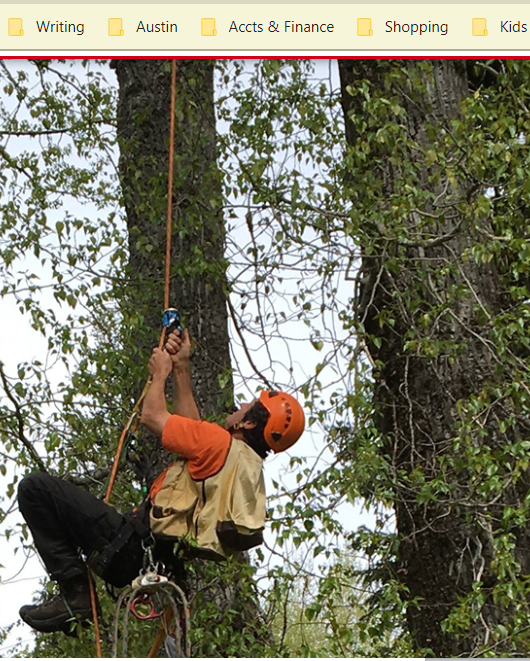
Like animals do, plants can accumulate changes in their epigenomes. What is an epigenome you may ask? Good question. The epigenome is the pattern of epigenetic marks on their DNA. Epigentics refers to the study of the alterations in an organism in their gene ‘expression’ rather than the alteration of the genetic code itself. Now that that is clear as mud, let’s continue.
Researchers have only studied short-lived plants. As a result, it’s hard to determine whether these mutations arise throughout production or during gamete (an organism’s reproductive cells) production. To explain how DNA methylation changed over time in a long-lived species, researchers studied a 330 year old poplar tree near Mt. Hood in Oregon.
The team began by measuring the diameters of the base and tip of eight tree branches. They took samples from each of these locations so they could count the number of concentric rings that reflected each branches’ actual age. The researchers then analyzed leaf samples from each branch for DNA methylation (a process by which gene expression is regulated by recruiting proteins). They were checking for variants in the tree’s DNA. What the researchers found was that the number of mutations correlated with the branch’s age.
The study is an important starting point for understanding exactly how the epigenome changes over time in long-lived plant species. According to West Virginia University forest geneticist, Stephen DiFazio, “That stuff is novel, and it’s really important, because that’s a dimension of genomic variation that is not well understood currently.” He adds that the paper “raised more questions than it answered, but that’s to be expected.” He also called this a breakthrough study so obviously more research needs to be done before geneticists can figure out what’s going on.
The research team also created a software program that researchers can now use to estimate epimutation rates as a means to calculate the age of a tree. These ‘clocks’ are better than the genetic ‘clocks’ previously used. Why? This is because epimutations happen 10,000 to 100,000 times faster than genetic mutations. This provides researchers with a more accurate way to determine a tree’s age.
We really hope that this article is interesting to you. We know there’s a lot of science-speak, but these ground-breaking studies into the epigenetics of trees can really help us pinpoint a tree’s actual age. That is really cool.











